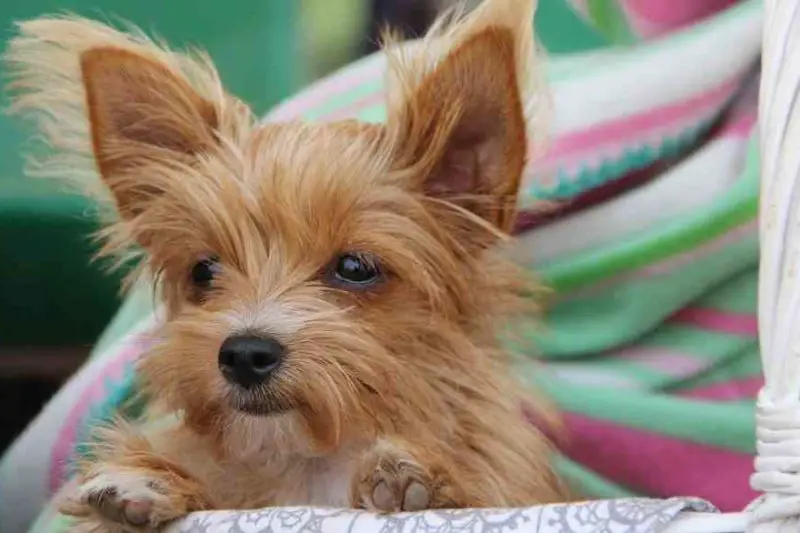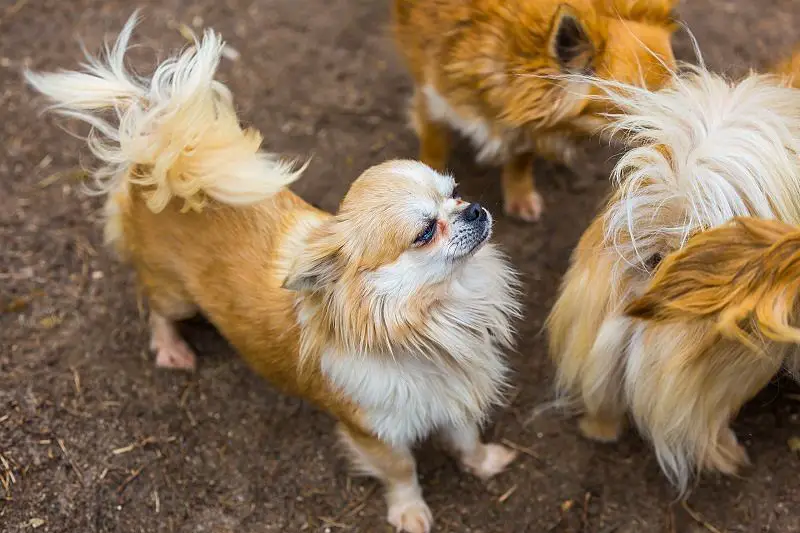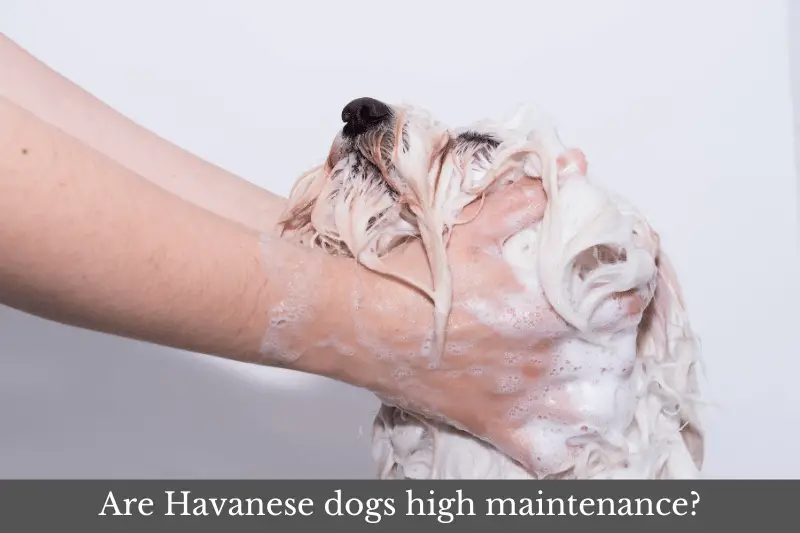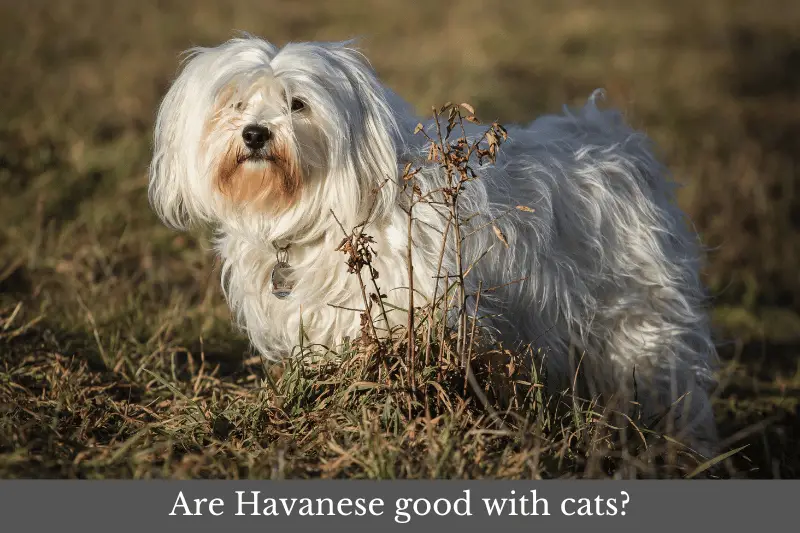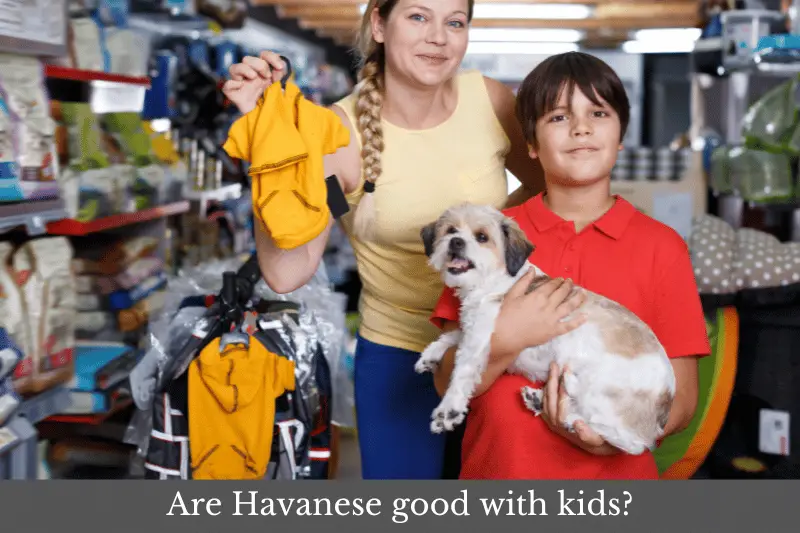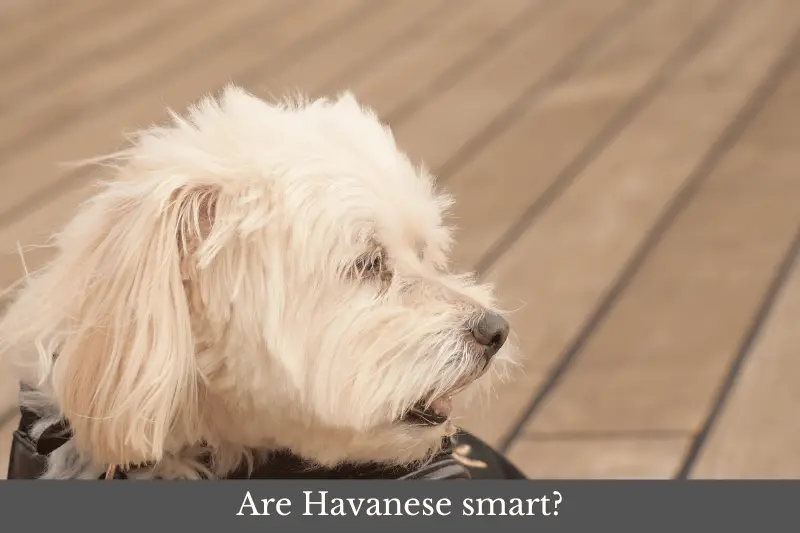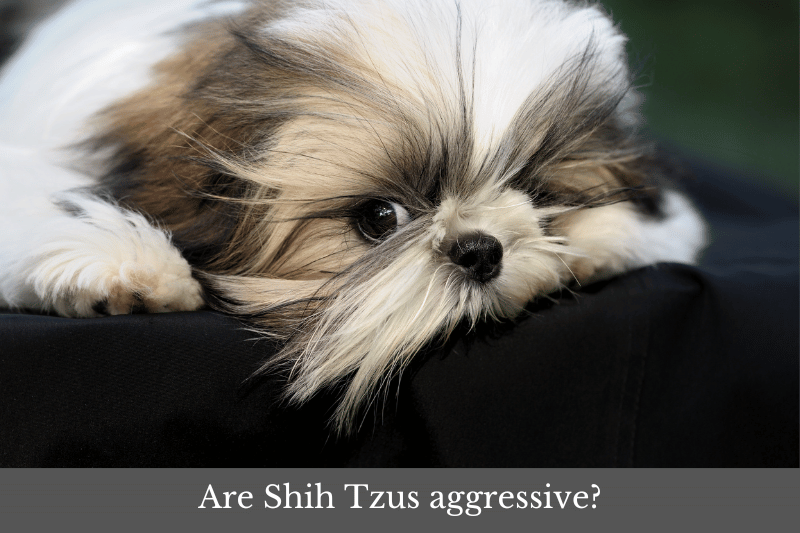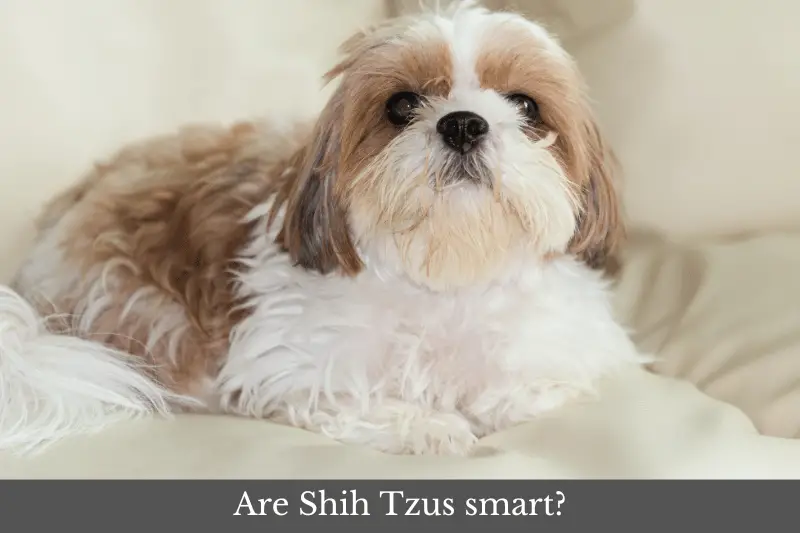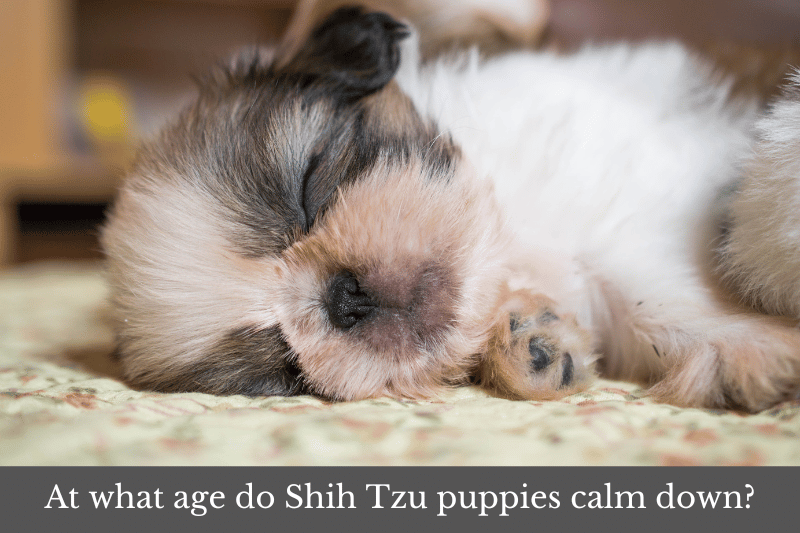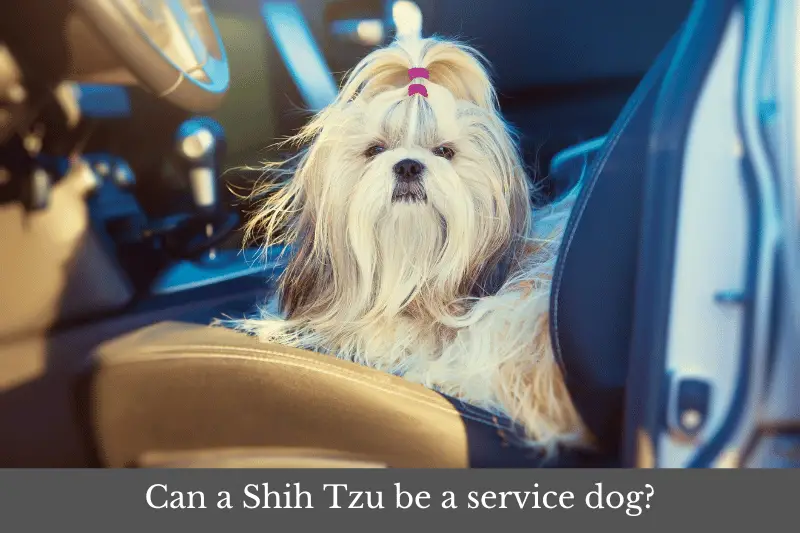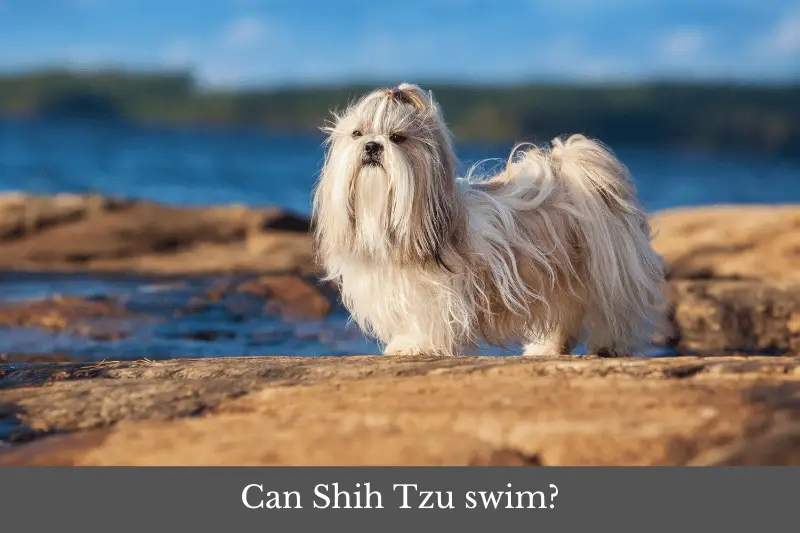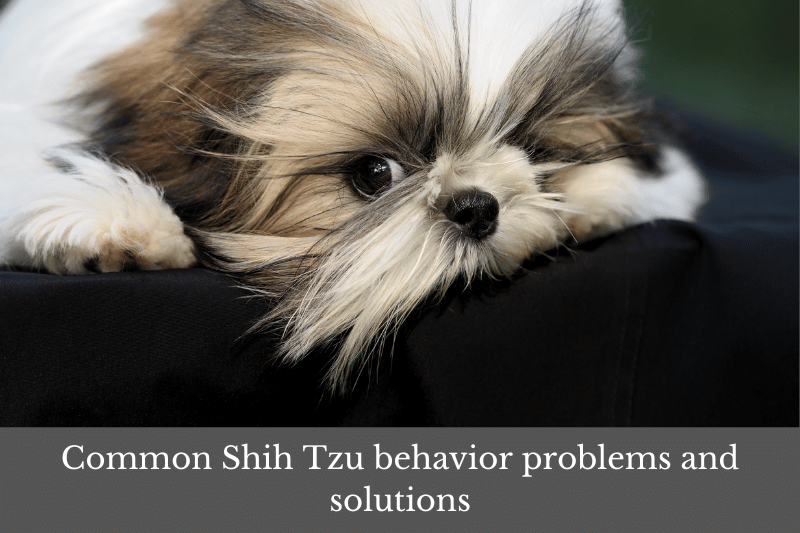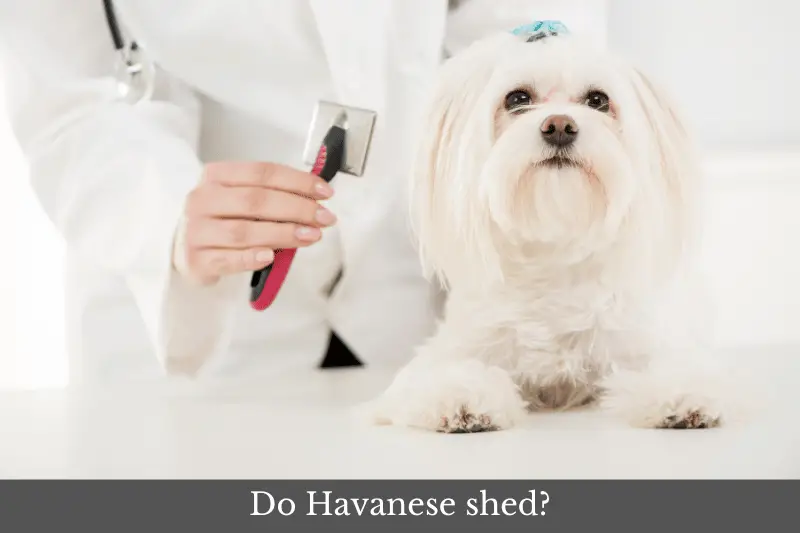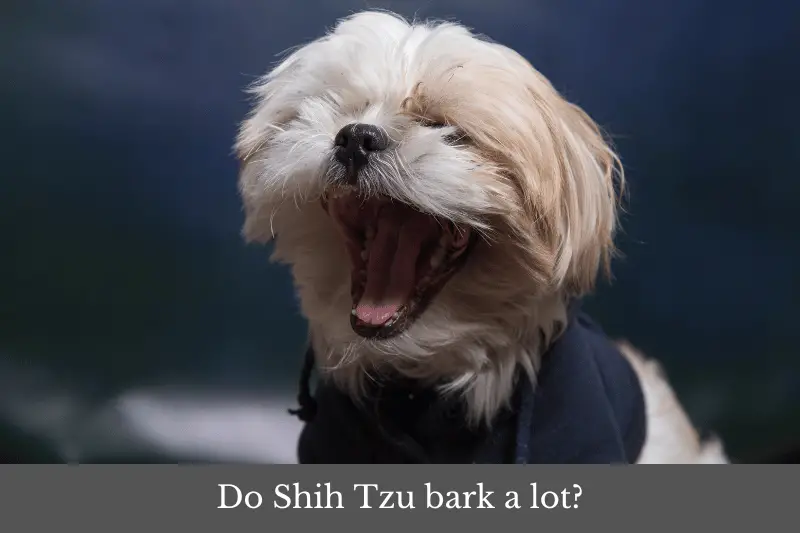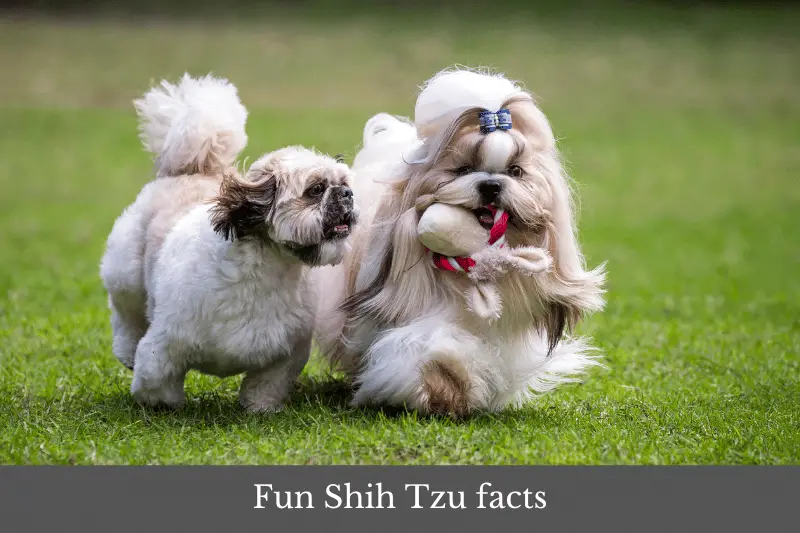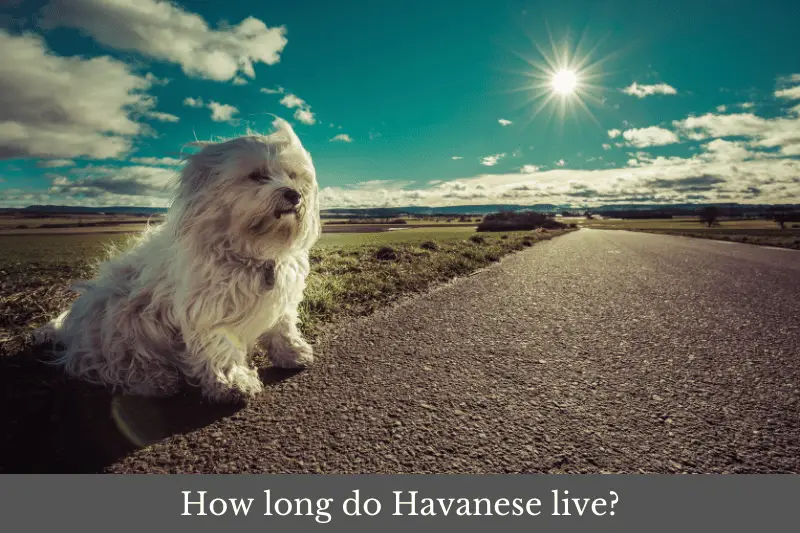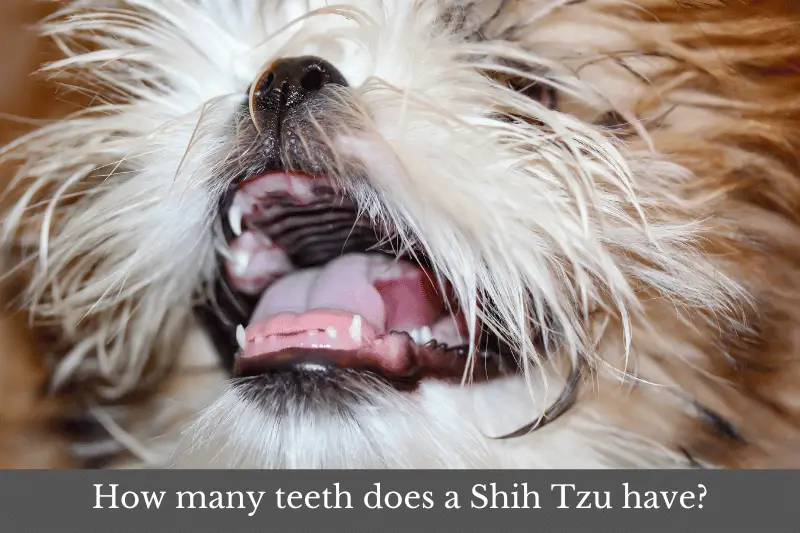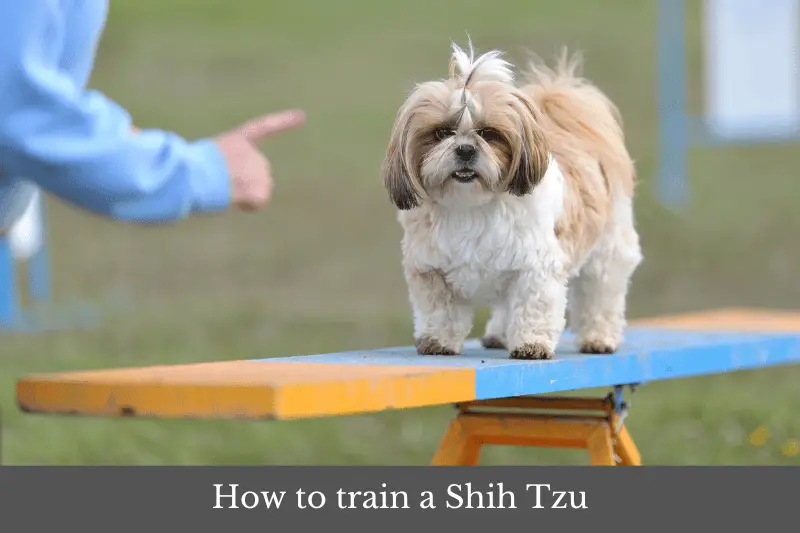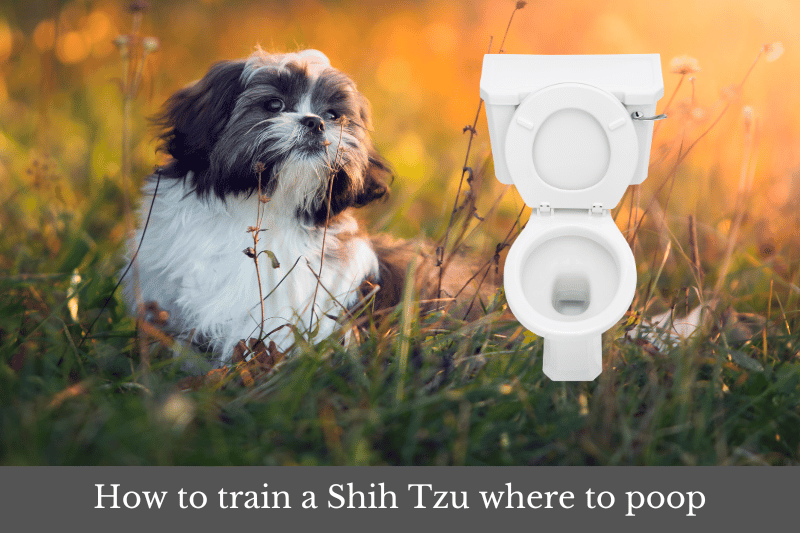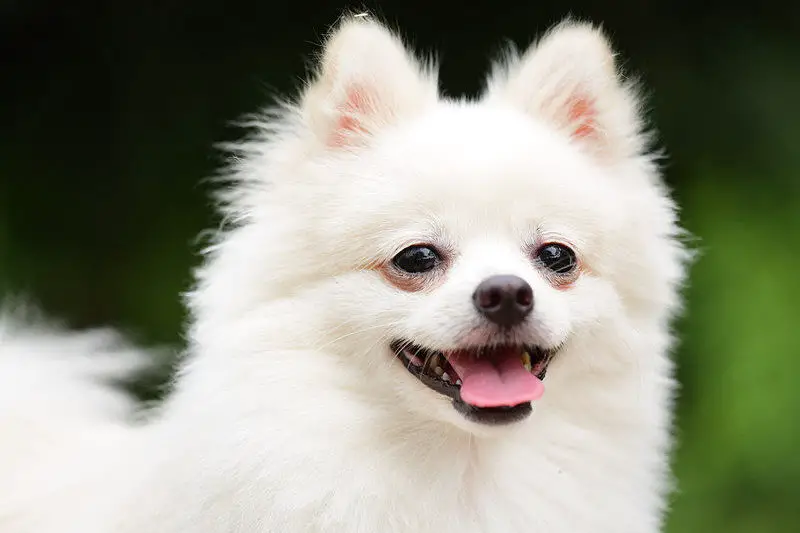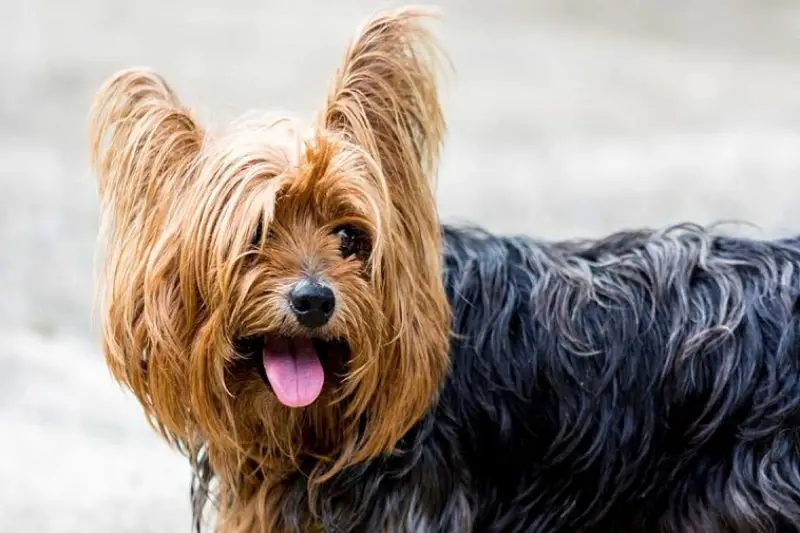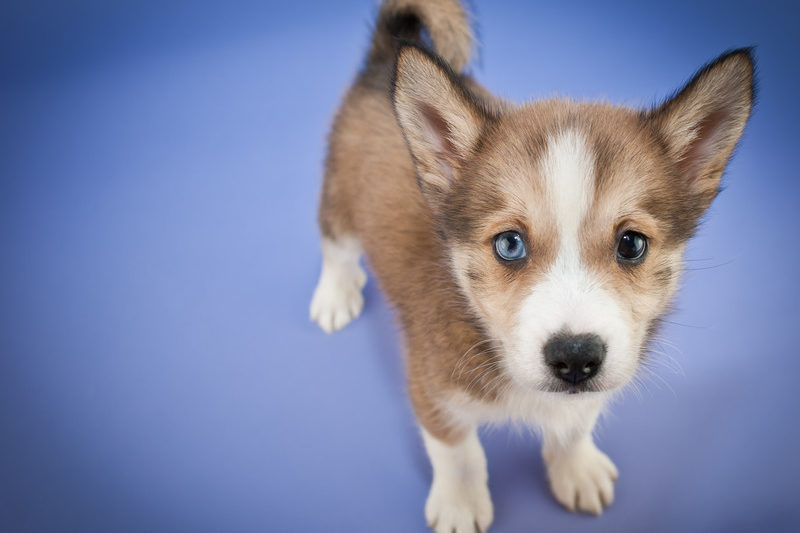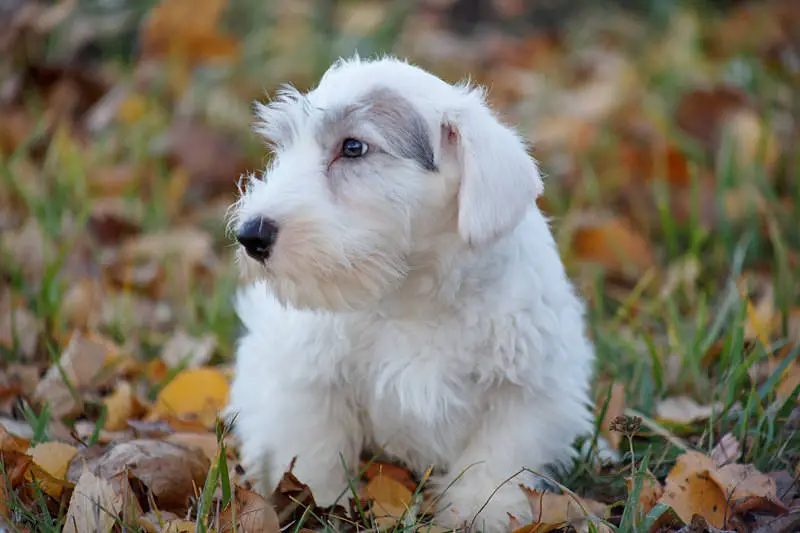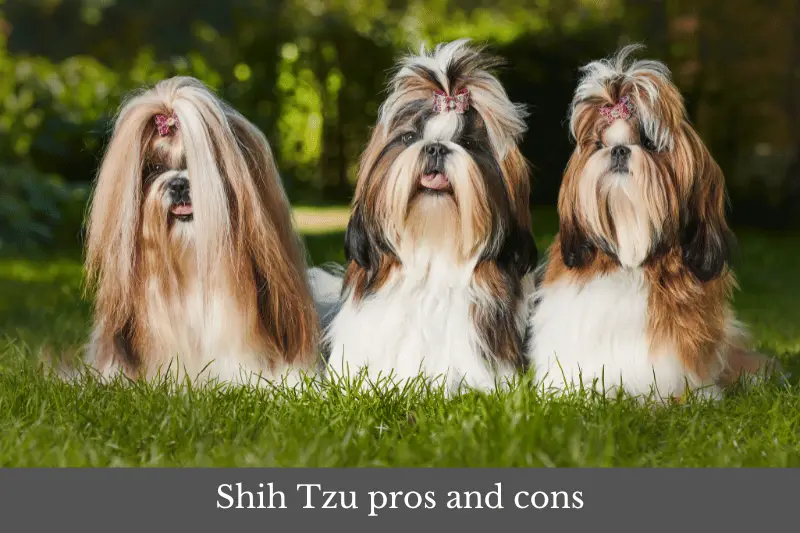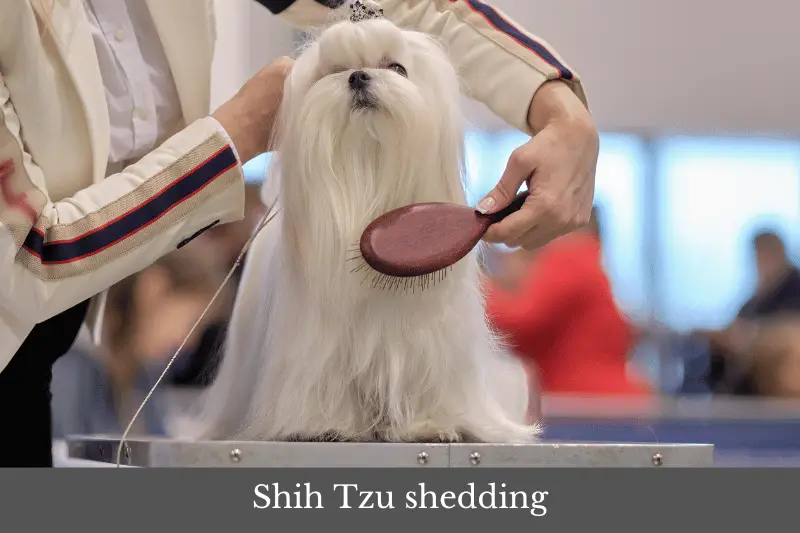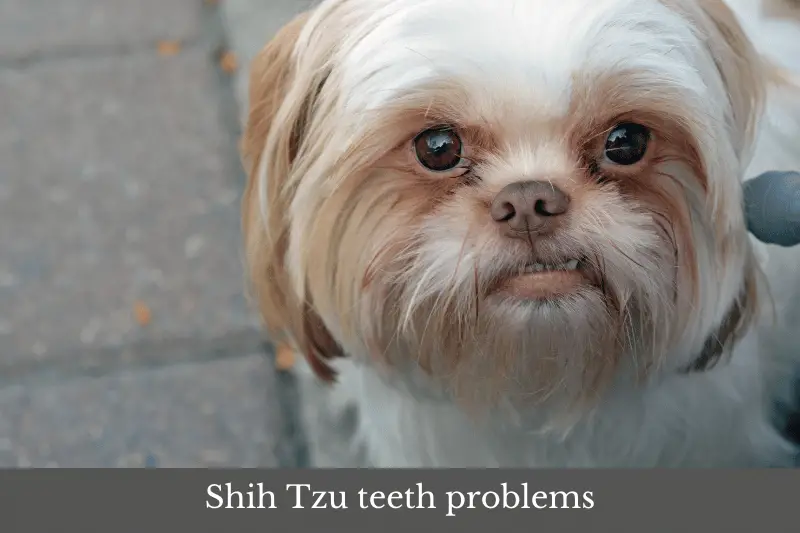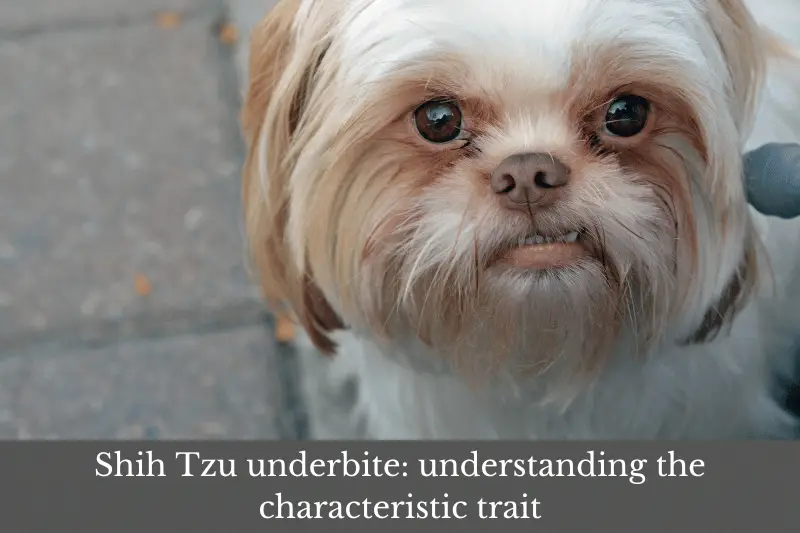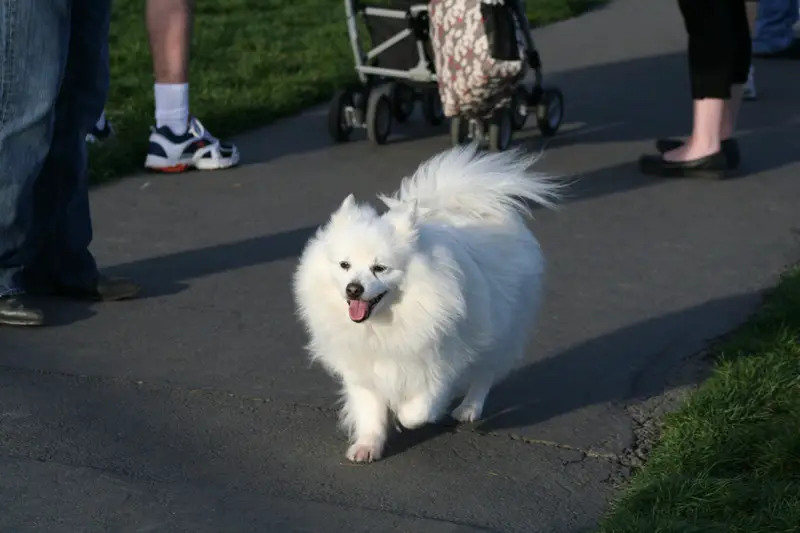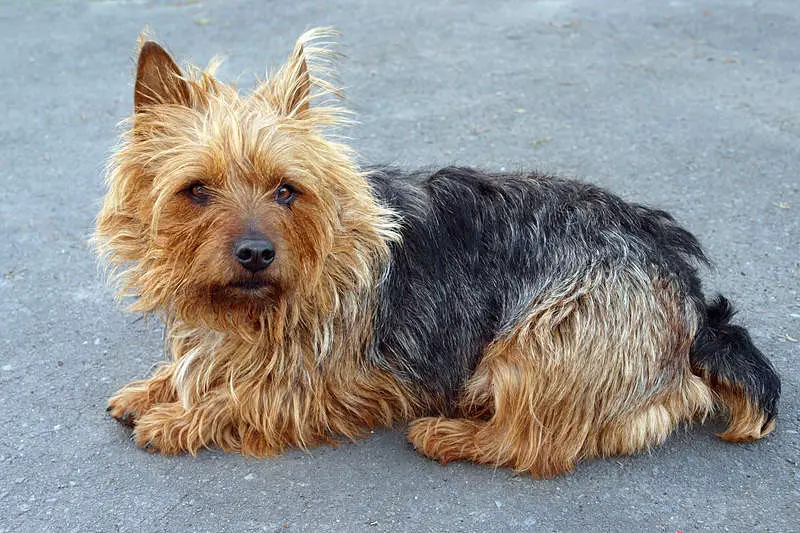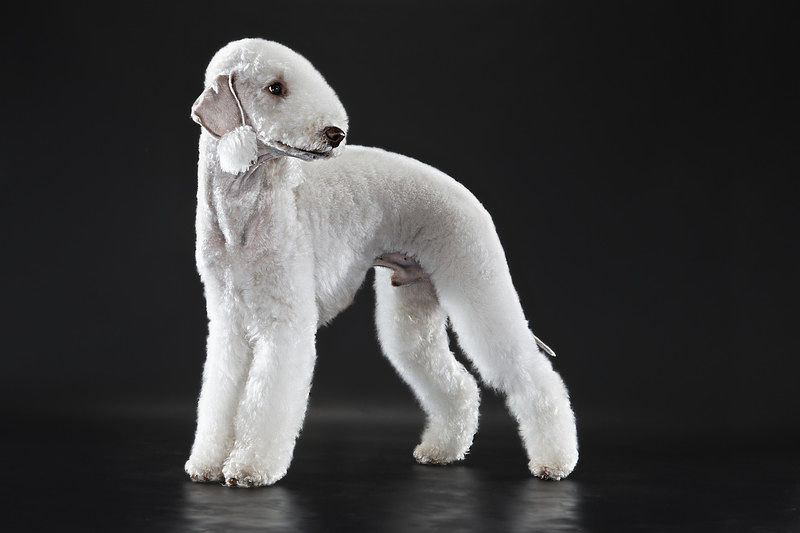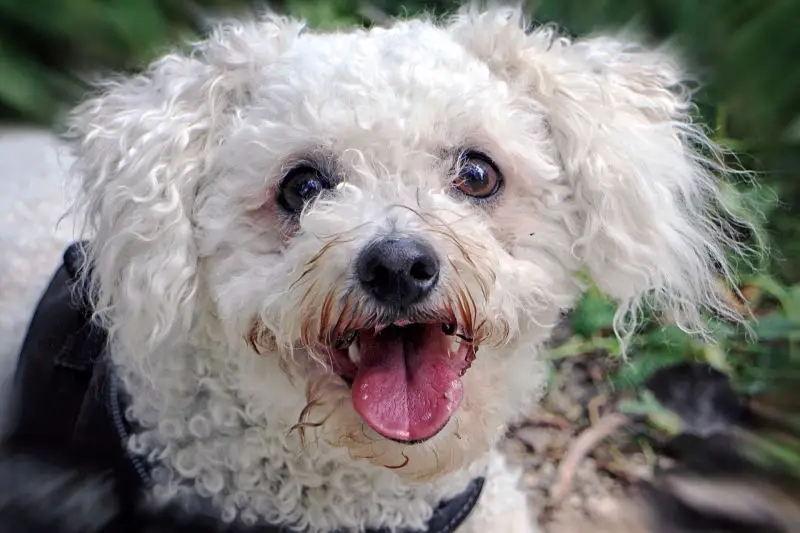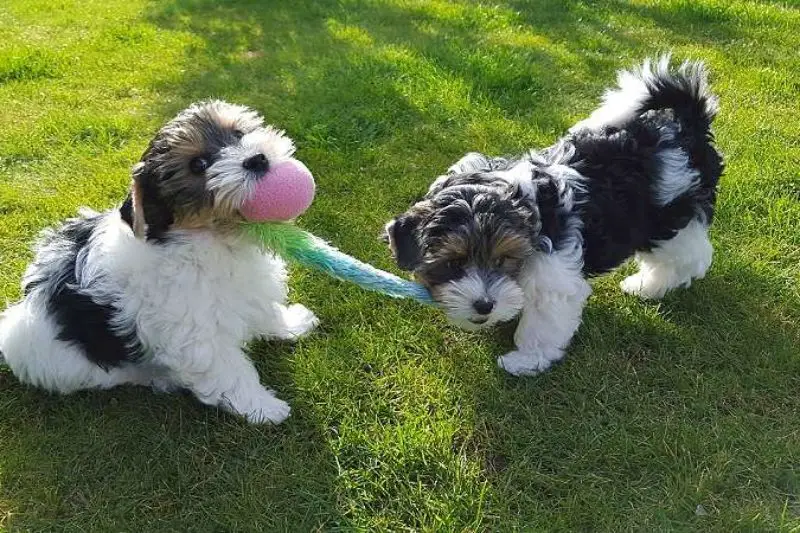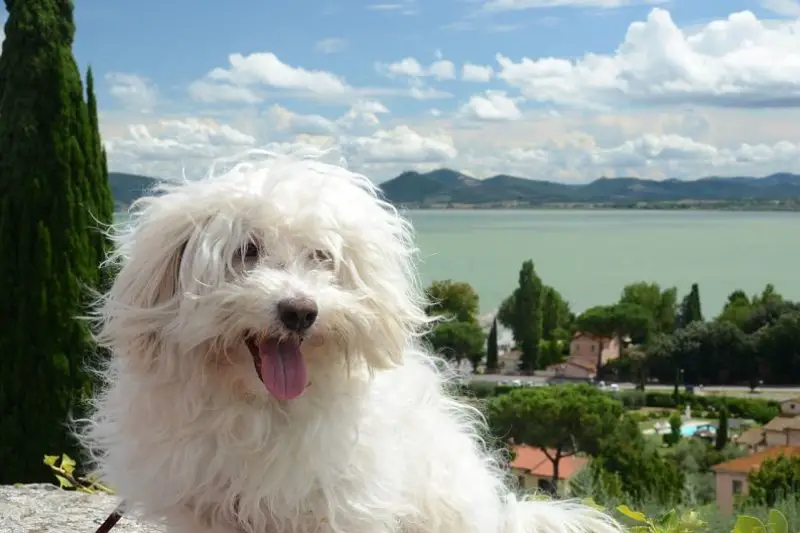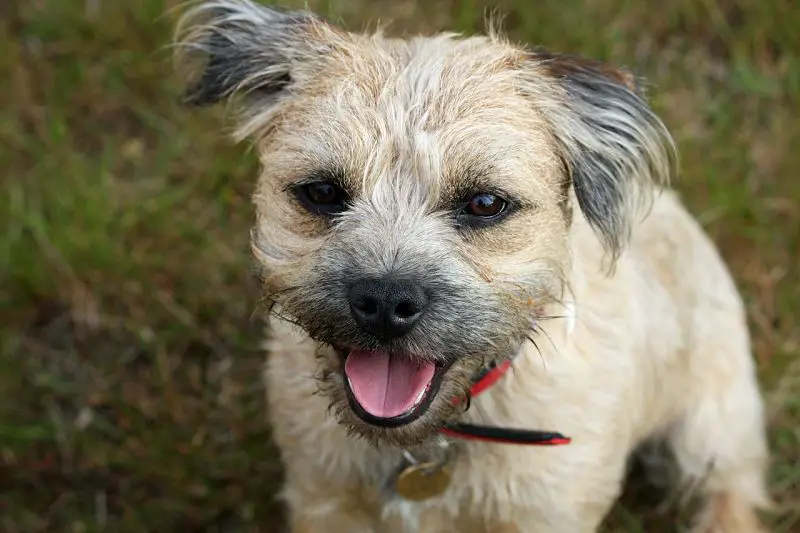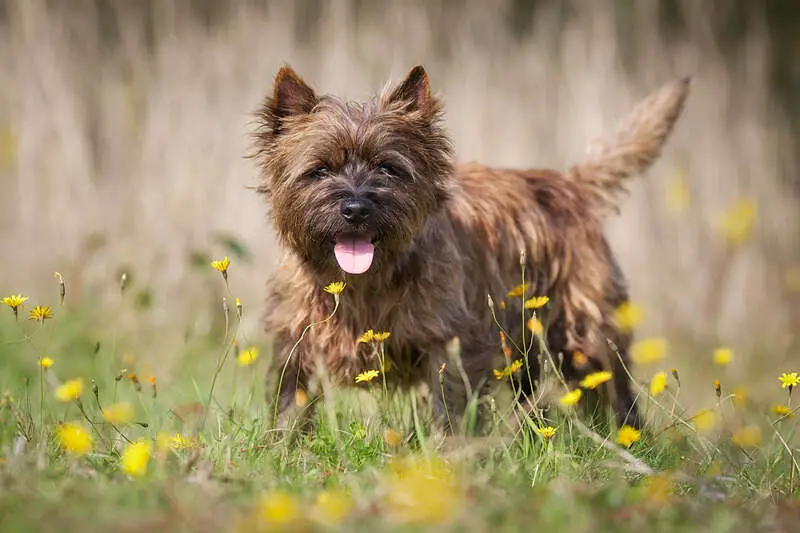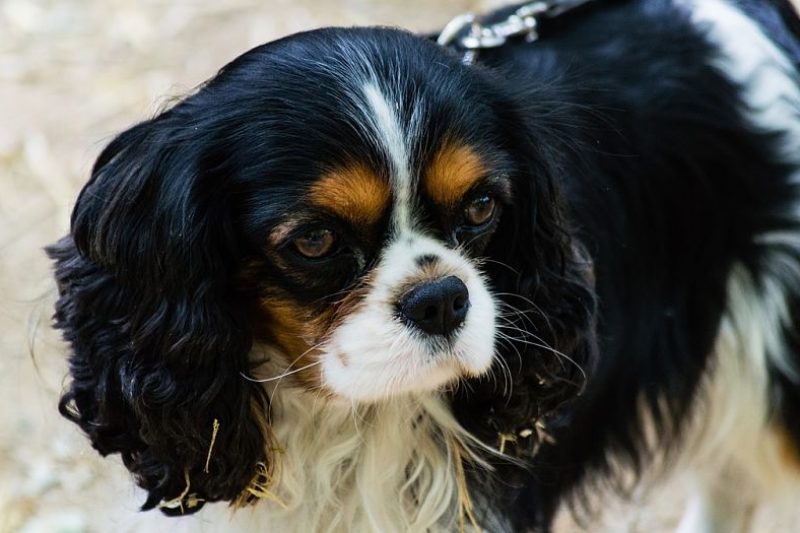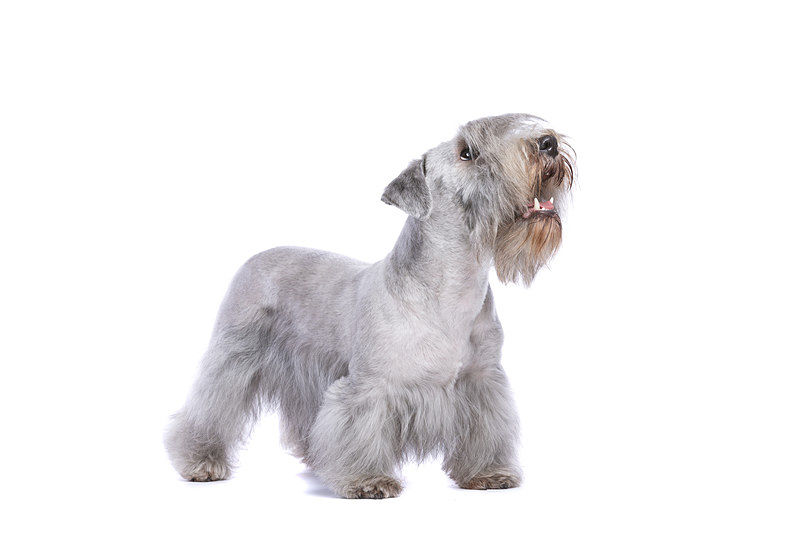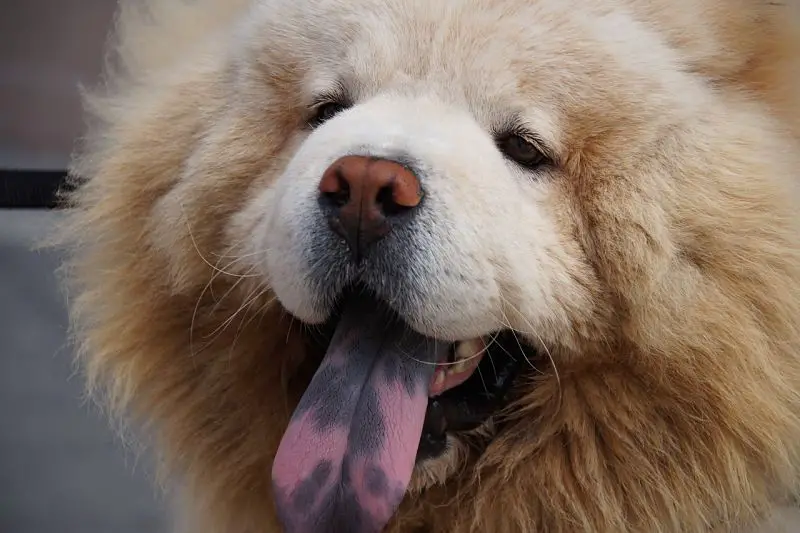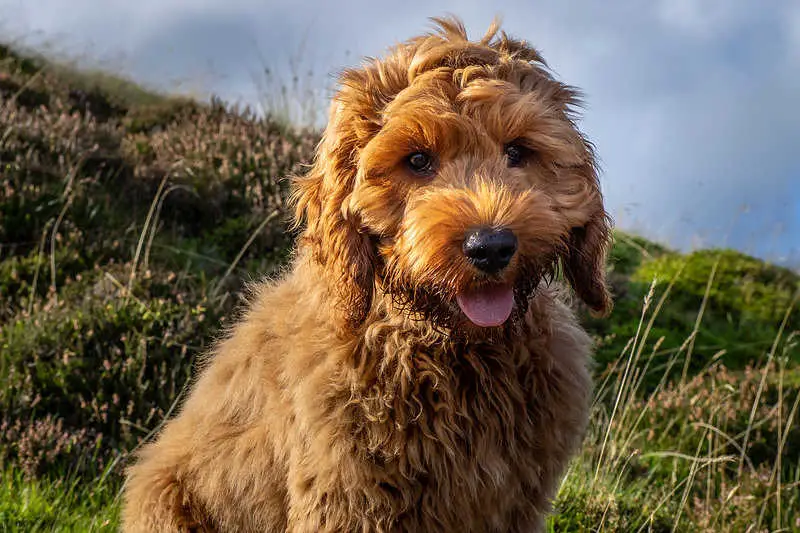A rare breed even in its native Italy, the Volpino Italiano nevertheless has a fiercely loyal following of breeders and owners dedicated to keeping this “Little Fox” from extinction. This white miniature Spitz-type dog boasts quite the history, its heritage stretching back at least several thousand years, and the combination of its peppy personality and plush, toy-come-to-life appearance adds up to plenty of appeal for those willing to put in the work required to welcome one into the household.

The Volpino dog breed
History
The remains of Spitz dogs roughly resembling the Volpino Italiano have been dated to better than 5,000 years old in Switzerland. According to the Volpino Club of America, one prevailing theory is that some dogs of this ancient line were brought south to the Italian peninsula, where they developed into the Volpino, while more northerly breeders shaped them into the German Spitz. Volpinos were treasured as farm watchdogs as well as lapdogs of the upper classes and nobles.
An image of a Volpino Italiano appears on the celebrated frescoed ceiling of the Sistine Chapel: Michelangelo was a Volpino owner. Queen Victoria became enamored by the Volpino Italiano and brought some from “the Boot” back to England in the late 1880s.
The Volpino Italiano looks very much like the New World breed called the American Eskimo Dog, which is thought to have been bred from Volpinos as well as other European Spitz breeds such as the German Spitz, the Pomeranian, and the Keeshond.
The Italian Kennel Club defined a breed standard for the Volpino Italiano in 1904. The popularity of the “Little Fox” ebbed over the 20th century, but in the 1980s the Italian Kennel Club and others made a concerted effort to turn this dwindling around.
While the United Kennel Club of the U.S. recognized the Volpino Italiano in 2006, the American Kennel Club does not.
Even though the breed has recovered somewhat from its nadir in the mid-20th century, the Volpino Italiano remains a scarce sight, with only several thousand known.
Appearance
The Volpino Italiano does indeed call to mind a fox, mainly with its vulpine head, which includes a stubby but slender muzzle and pinpricked ears. A thick ruff covers the neck in mane-like fashion. The legs are short and slender, the tail carried in classic Spitz fashion as a plume curled over the rump.
Most Volpino Italianos are snow-white in color, but you’ll occasionally see a red-coated individual.
These pintsized Spitzes may stand anywhere from 10 to 16 inches at the shoulder and typically weigh 9 to 12 pounds.
Personality and temperament
The Volpino Italiano is a peppy, playful, faithful, and stout-hearted dog with a strong personality. Focused training and early socialization are critical to integrate one into a household with children or other pets, particularly as the Volpiano can be a bit possessive of food and toys and its small, delicate build makes it vulnerable to overly rough handling. (Its feistiness means it can sometimes get in over its head when engaging larger dogs.)
The “Little Fox” makes a fine watchdog with its alertness and sharp bark; the latter tends to be issued exuberantly and frequently, so if you’re after a quiet dog this is not the breed for you. With training, you should be able to keep barking and yapping under control.
The Volpino Italiano forges a strong bond with its family and tends to adapt well to just about any household rhythm, as long as it receives enough exercise (and enough love).
Shedding and grooming
The plush white coat of the Volpiano Italiano demands weekly brushing; during its shedding season, you’ll want to crank this up to daily grooming. The hair of its pawpads ought to be trimmed occasionally, and you should keep tabs on its ears for any signs of inflammation or infection.
The Volpino can be bathed every few months but avoid bathing more often than this because it can result in dry, irritated skin.
Health and lifespan
The Volpino Italiano, which often lives 14 to 16 years, is generally quite a healthy breed, although like other small dogs it sometimes suffers from the floating-kneecap condition called patellar luxation. Certain eye problems, such as primary lens luxation, can also be an issue.
Exercise needs
Although the Volpino Italiano can lounge with the best of them, it certainly needs regular exercise as well because Volpinos are full of energy and curoisity: a good walk or two a day plus plenty of play sessions.
If you don’t provide your Volpino with enough exercise and attention, they may start to exhibit destructive behavoir.
Training
A firm regimen of training that’s consistently adhered to, kept interesting, and marked by positive reinforcement will typically see a Volpino Italiano – a smart and engaged breed – respond well. Again, early socialization – exposing the dog to strangers, different environments, and other animals – is a definite must to avoid behavioral issues down the road.
Volpinos love treats so treat-based training works well but avoid giving out too many treats as Volpinos can be prone to weight-gain. Training should be started as early as possibly but, contrary to the old saying, even older Volpinos can learn new tricks. Try to restrict training sessions to 10 – 15 minutes.

